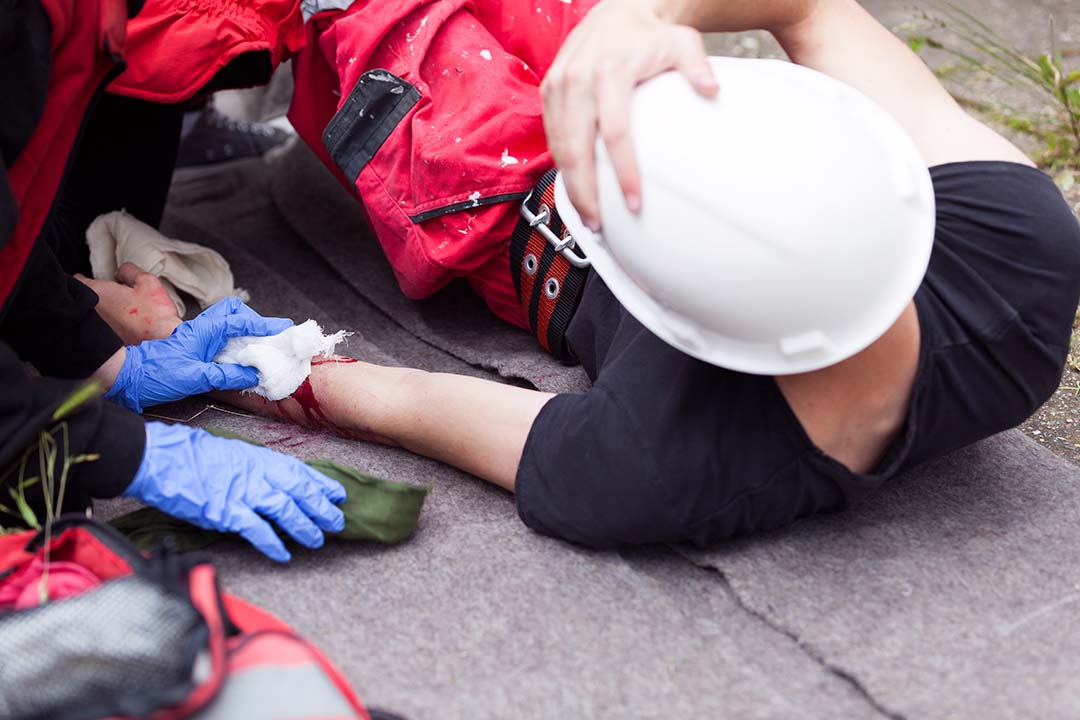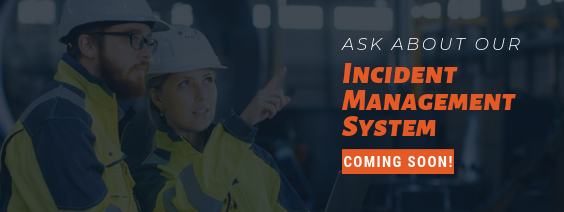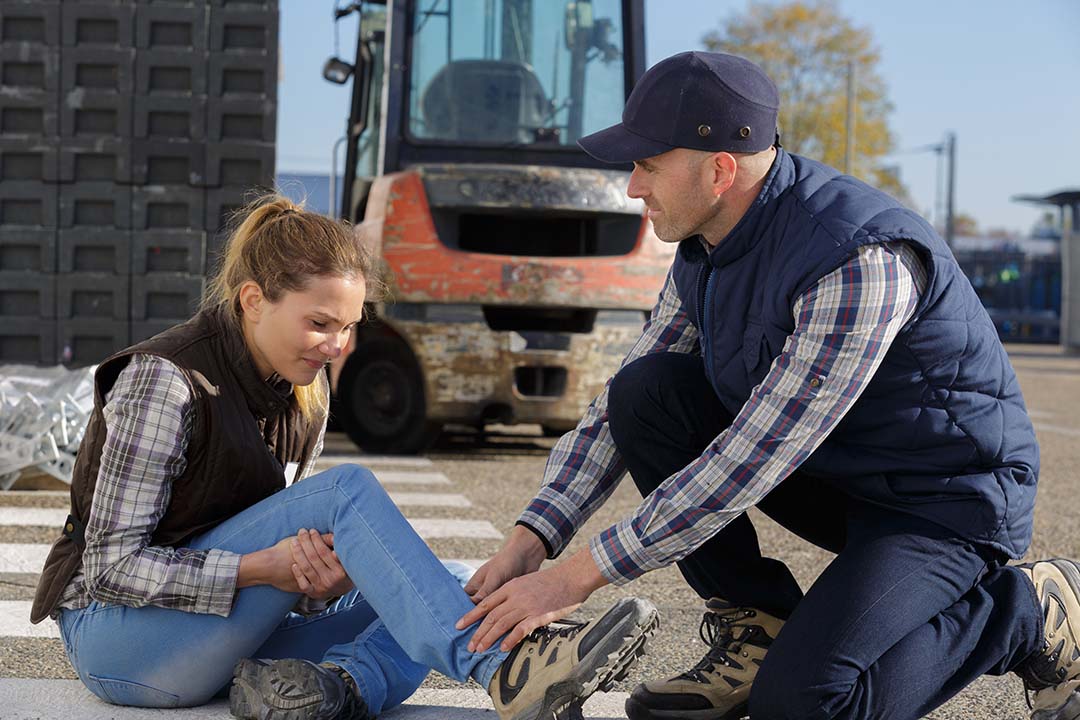
In a perfect world, there would be no workplace incidents or injuries. Unfortunately, the U.S. Bureau of Labor Statistics reports approximately 2.9 million injuries occur in workplaces every year. About 900,000 of these injuries result in missed work days, and about 5,000 result in death. Most of these incidents can be avoided. When an incident occurs in your workplace, an incident investigation can help determine why it happened and what changes need to be made to keep an incident like it from happening again.
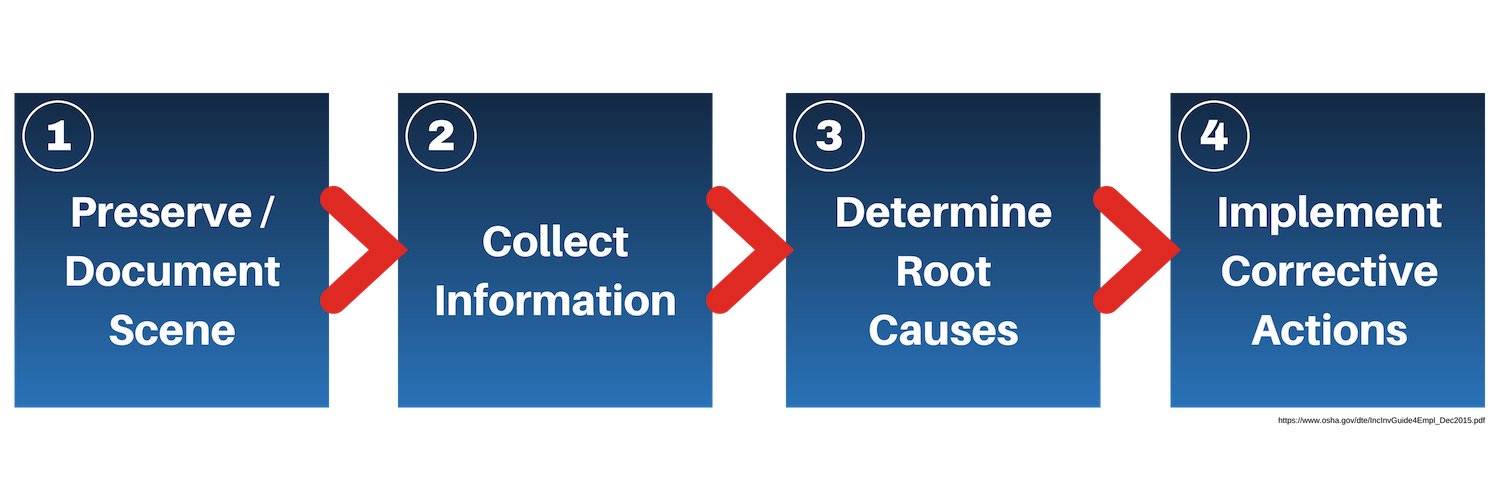
Reasons to Investigate

Creating a safe workplace is a constant process. Just when you think you’ve identified and addressed all of the hazards in your workplace, something changes, or a new incident reveals a hazard your workplace wasn’t aware of. Properly conducted incident investigations will help determine both the apparent surface causes of incidents and the root causes that led to the incident occurring. Investigating incidents helps both workers and employers identify hazards and implement corrective actions to avoid future incidents. The National Safety Council reported in 2016 that each workplace injury serious enough to require medical attention cost employers an average of $32,000, and each workplace fatality cost $1.12 million. Preventing future workplace incidents not only protects lives and property, it also saves your company a lot of money.
Who Should Participate in an Investigation?
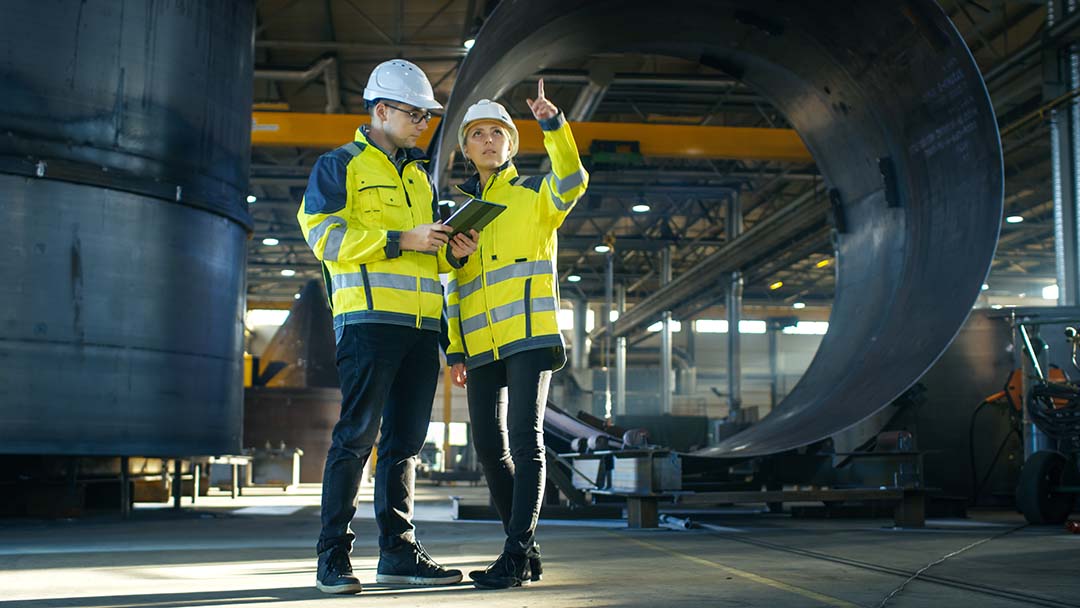
Investigation participants will vary depending on company policies and the nature and severity of the incident. At a minimum, any investigation should include:
- Workers injured or directly affected by the incident
- The supervisor(s) in charge of the affected area or personnel
- Any witnesses to the incident
Workers can provide their own accounts of the incident. Any witnesses can provide additional information and confirm or contradict the workers’ accounts. The supervisor(s) in charge should know the people, area and equipment involved. Supervisors should participate in the incident investigation in some way, even if they’re only a witness or offering additional context about the incident.
Other investigation participants can include:
- Company administrators and safety officers
- Engineering and maintenance staff
- Company legal counsel
- Union or other employee representatives
Root and Surface Causes
Many workplace incidents have both root and surface causes. Root causes are weaknesses in work processes or management practices that directly contributed to the incident, while surface causes are the immediate or apparent causes of incidents, such as unsafe worker behavior or unsafe conditions in the work area. Both root causes and surface causes should be determined and corrected. If an incident occurs and your workplace only corrects the surface causes, a similar incident, if not the exact same type of incident, could occur again.
Investigation Questions
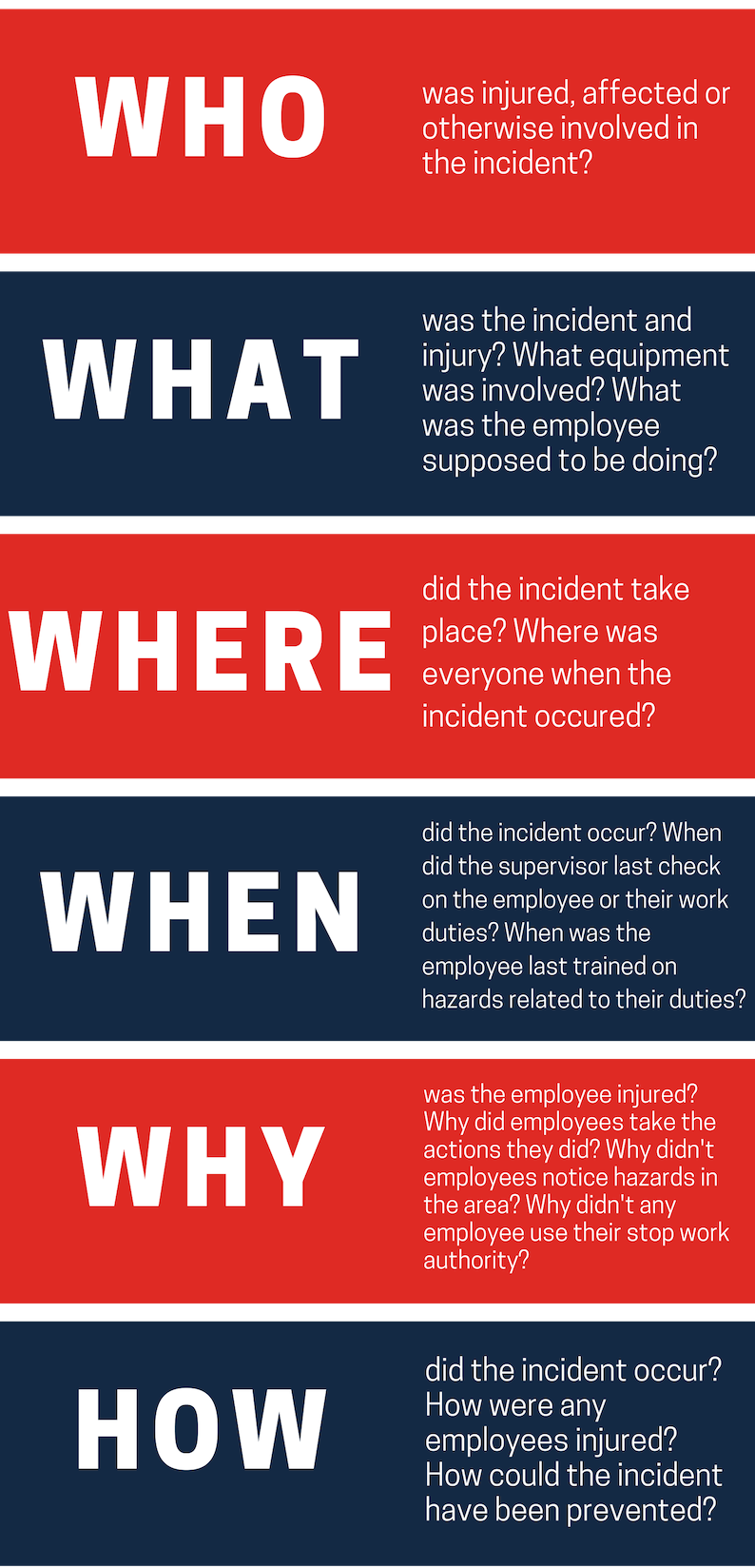
Incident Investigation Plan
Your company should have an incident investigation plan ready long before an incident happens. The plan should include:
- Company personnel who must be contacted if an incident happens
- Contact info for emergency responders
- What types of incidents must be reported to the Occupational Safety and Health Administration (OSHA) or other agencies
- Personnel assigned to conduct incident investigations
- Personnel assigned to receive and react to investigation reports
- Timetables for correcting root and surface causes
General Steps of an Incident Investigation
1. Secure the Incident Scene
Events can move quickly after an incident, so it’s important to secure the area immediately. Even if the incident is minor, avoid disturbing the scene and moving material evidence if at all possible. If material evidence must be moved to assist an injured person or prevent additional ongoing safety hazards, don’t disturb the scene any more than you have to. Carefully document what was moved from the incident scene, where it was before, and what was done with it.
2. Gather Information
Interview witnesses and affected personnel as soon as possible after the incident to increase the chances of getting accurate information. Witnesses should be interviewed separately rather than as a group. Supervisors and co-workers that didn’t see the incident should still be interviewed to see if they know anything that can confirm eyewitness information. Review any relevant training, disciplinary, maintenance, and medical records. Investigators can make their own records by documenting the scene with photos, video, sketches, and any other information found on the incident site.
3. Interviewing Workers
If you’ll be interviewing workers during an investigation, let them know that the investigation is being done to correct the hazards that caused the incident and to make everyone safer, not to assign blame or punish anyone. An individual worker is a product of the safety culture in a particular workplace, and his or her behavior reflects that culture. Changing your workplace’s safety culture can do far more to change employee behavior than disciplinary action.
4. Determine the Sequence of Events
After getting as much information as possible, investigators should develop a sequence of events that led to the incident. It should be detailed enough that anyone unfamiliar with your workplace or the incident will be able to read it and get a good idea of what happened, including events that led up to the incident and any root or surface causes that investigators find.
5. Preventive Measures
The final and most important part of an incident investigation is using the information gathered to create preventive measures. The investigation report should list all the ways to prevent the hazardous conditions or dangerous behavior from happening again. If all the investigation does is tell workers why they need to be more careful, it won’t solve the issue that caused the incident in the first place. New safe work practices might need to be created, and hazards that contributed to the incident should be corrected. Information from the investigation should be used in analyzing job hazards in the future and coming up with revised safety plans.
Conclusion
Most workplace incidents can be avoided, but it’s important for your company to have an investigation plan in place if an incident does occur. By fully investigating workplace incidents and using the information you find to correct hazards in your workplace, you can help prevent similar incidents from occurring again.

